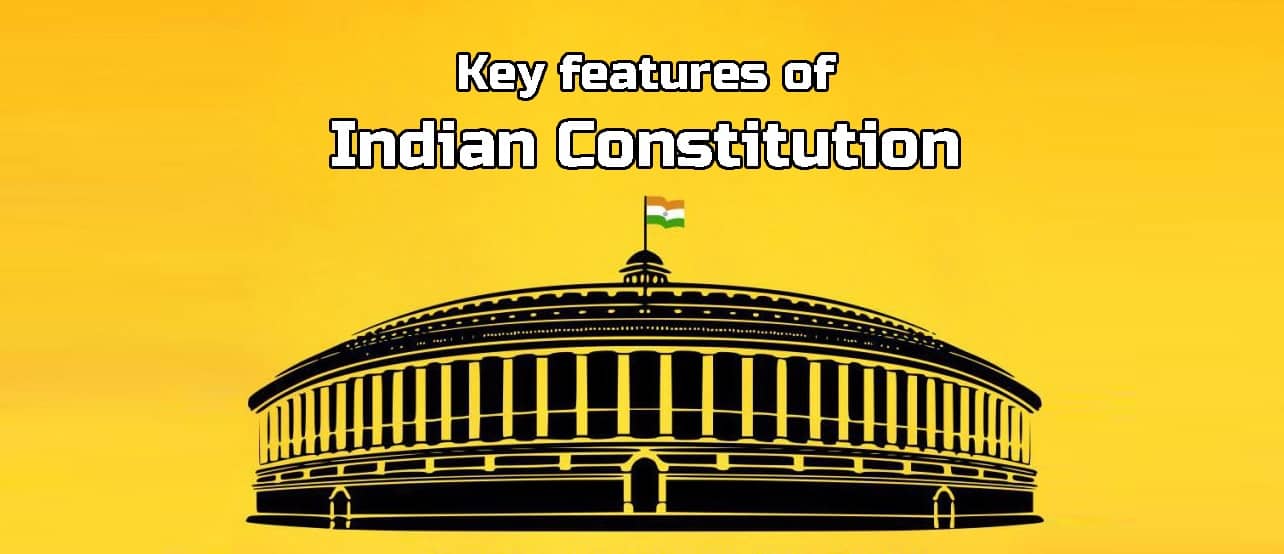
9. Union of States
Article 1 describes India, that is, Bharat as a 'Union of States' rather than a 'Federation of States'. This provision deals with two types of polity.
There was no unanimity in the Constituent Assembly with regard to the name of the country. Some members suggested the traditional name (Bharat) while others advocated the modern name (India). Hence, the Constituent Assembly had to adopt a mix of both ('India, that is, Bharat')
Secondly, the country is described as 'Union' although its Constitution is federal in phrase 'Union of States' has been preferred to 'Federation of States' for two reasons: one, the Indian Federation is not the result of an agreement among the states like the American Federation; and two, the states have no right to secede from the federation. The federation is an Union because it is indestructible. The country is an integral whole and divided into different states only for the convenience of administration.
According to Article 1, the territory of India can be classified into three categories:
1. Territories of the states
2. Union territories
3. Territories that may be acquired by the Government of India at any time.
The names of states and union territories and their territorial extent are mentioned in the first schedule of the Constitution. At present India has 28 states and 8 UTs 2021. According to the Jammu and Kashmir Reorganisation Act, 2019, the appointed day for the two Union Territories J&K and Ladakh was October 31. This is for the first time that a state is converted into two Union Territories..
Being a sovereign state, India can acquire foreign territories according to the modes recognized by international law, i.e., cession (following treaty, purchase, gift, lease or plebiscite), occupation (hitherto unoccupied by a recognized ruler), conquest or subjugation. For example, India acquired several foreign territories such as Dadra and Nagar Haveli; Goa, Daman and Diu; Pondicherry; and Sikkim since the commencement of the Constitution. The acquisition of these territories are discussed later in this chapter.
Article 2 empowers the Parliament to 'admit into the Union of India new states; and (b) the power to establish new states.
Parliament's Power to Reorganise the States: - Article 3 authorises the Parliament to:
Form a new state by separation of territory from any state or by uniting two or more states or parts of states or by uniting any territory to a part of any state,
Increase the area of any state,
Diminish the area of any state,
Alter the boundaries of any state, and
Alter the name of any state
However, Article 3 lays down two conditions in this regard: one, a bill contemplating the above changes can be introduced in the Parliament only with the prior recommendation of the president; and two, before recommending the bill, the president has to refer to same to the state legislature concerned for expressing its views within a specified period.
